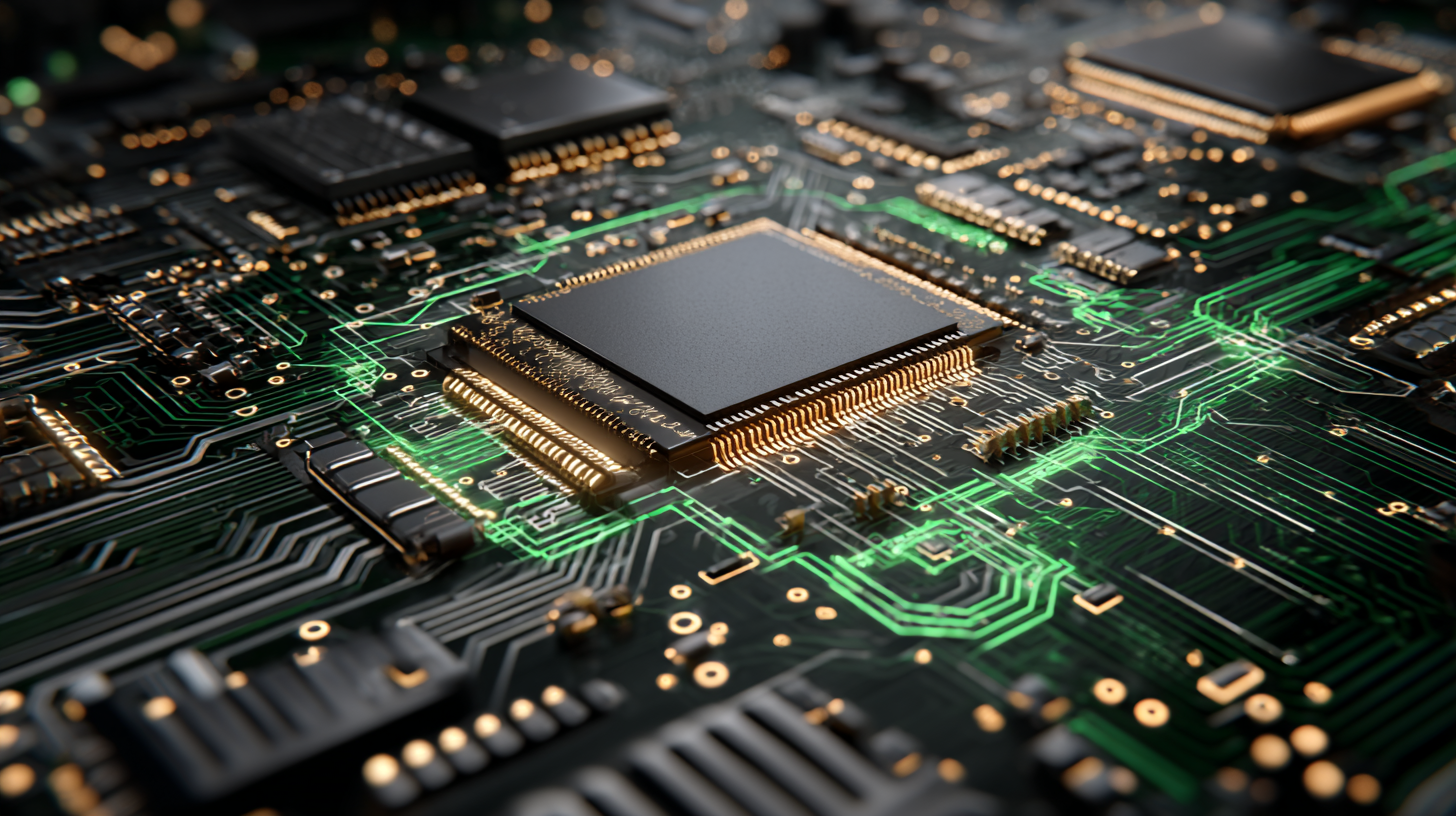As we look ahead to 2025, the landscape of circuit board technology is poised for transformative changes that will significantly impact various industries. According to a recent report by ResearchAndMarkets, the global printed circuit board (PCB) market is expected to reach USD 98.4 billion by 2025, driven by advancements in electronics, the proliferation of smart devices, and the increasing demand for miniaturization and efficiency. Industry leaders must prepare for these shifts by understanding the integration of innovative materials and manufacturing techniques. Furthermore, the push towards sustainability and the use of eco-friendly alternatives in circuit board production will redefine supply chains and product lifecycle management. This ultimate checklist aims to equip industry stakeholders with insights and strategies to navigate the evolving circuit board landscape, ensuring they remain competitive in an ever-accelerating technological environment.

The landscape of circuit board technology is undergoing transformative change, driven by innovative advancements that are setting the stage for 2025. A significant trend identified in the industry is the adoption of flexible printed circuit boards (FPCBs), which are projected to witness a CAGR of over 10% from 2021 to 2026, according to a recent research report by MarketsandMarkets. This increase is largely attributed to the burgeoning demand for compact and lightweight electronic devices, especially in the consumer electronics and automotive sectors.
Additionally, the integration of artificial intelligence (AI) in circuit board design and manufacturing is revolutionizing the approach to efficiency and performance. A report from IDC indicates that AI-driven design tools can reduce the design time of circuit boards by up to 30%, enabling faster go-to-market strategies for industry leaders. Furthermore, advancements in materials science, particularly in the development of high-frequency laminates, are enabling circuit boards to operate effectively at higher speeds and with improved thermal management. As we approach 2025, these innovations will not only enhance the functionality of circuit boards but also address the increasing complexity of electronic systems in various applications.
The landscape of circuit board technology is rapidly evolving with the rising demand for next-gen materials that enhance performance and sustainability. According to a report by The Glass Paint Industry (2023), the global circuit board materials market is projected to reach USD 25 billion by 2025, driven by innovations in substrates and laminates that improve thermal and electrical efficiency. Key materials such as polyimide films and metal core substrates are increasingly favored for their superior thermal handling capabilities, making them vital for high-performance applications in sectors like automotive and telecommunications.

As we move towards 2025, trends indicate a significant shift towards eco-friendly materials. A study from the International Electronics Manufacturing Initiative (iEMI) reports a 15% yearly growth in demand for recyclable circuit board materials. Biodegradable substrates, such as those made from natural fibers or bioplastics, are gaining traction due to their minimal environmental impact. Industry leaders must stay abreast of these developments and evaluate their supply chains to integrate sustainable practices without compromising on performance, thus aligning with both market demands and regulatory pressures.
As the circuit board industry progresses towards 2025, sustainability will take center stage, influencing manufacturing processes and product lifecycle strategies. Industry leaders are now recognizing the urgency of adopting eco-friendly practices to reduce the environmental impact of circuit board production. This involves investing in materials that are recyclable and biodegradable, pushing for closed-loop manufacturing systems, and utilizing energy-efficient technologies that minimize waste and resource consumption.
One promising strategy for fostering sustainability in circuit board manufacturing is the implementation of life cycle assessments (LCAs). By evaluating the environmental effects of circuit boards from raw material extraction to disposal, manufacturers can identify critical areas for improvement. Additionally, embracing innovative technologies such as additive manufacturing can lead to significant waste reduction by optimizing material use. Collaborations with suppliers to source sustainable materials, alongside developing robust recycling programs, will further enhance the industry's commitment to environmental stewardship while meeting the increasing demand for greener solutions.

As we approach 2025, the integration of artificial intelligence (AI) and automation is set to revolutionize circuit board design and production. Industry leaders must embrace these technologies to enhance efficiency, reduce errors, and accelerate time-to-market. AI algorithms can analyze vast amounts of data, enabling designers to optimize layouts and improve performance while minimizing material waste. This advanced capability allows engineers to focus on innovation rather than mundane tasks, fostering a more creative and productive design environment.
Automation in the production process further streamlines operations, from fabrication to testing and assembly. Robotic systems can perform repetitive tasks with precision, significantly reducing cycle times and enhancing product consistency. By leveraging AI for predictive maintenance, manufacturers can anticipate machinery failures before they occur, thus minimizing downtime and ensuring smooth production workflows. As circuit board technology continues to evolve, investing in AI and automation will be essential for industry leaders aiming to stay competitive while meeting the ever-increasing demands for quality and speed in the electronics market.
| Dimension | Current Status (2023) | Expected Trends (2025) |
|---|---|---|
| AI Integration | Basic design automation | Advanced AI-driven design optimization |
| Manufacturing Automation | Semi-automated assembly | Fully automated smart factories |
| Materials Used | Conventional FR-4 | Flexible, biodegradable materials |
| Design Complexity | Standard multilayer boards | Highly intricate, 3D designs |
| Sustainability Practices | Minimal recycling efforts | Circular economy and waste reduction |
As we look toward 2025, the demand for circuit board solutions is projected to surge, particularly in the automotive sector. With the global automotive printed circuit board market estimated to grow from USD 10.98 billion in 2025 to approximately USD 18.14 billion by 2034, industry leaders must prepare for the influx of innovation and technological advancements. The transition to electric vehicles and the rise of autonomous driving technologies are driving this expansion, necessitating robust and efficient circuit board designs that can meet new performance standards.
Simultaneously, the PCB design software market is experiencing accelerated growth due to rapid hardware innovations and the integration of AI-powered design automation. This shift toward compact and high-performance circuitry not only enhances the capabilities of electronic devices but also streamlines the production process for manufacturers. The ability to leverage advanced design tools will become a critical factor for industry leaders aiming to stay competitive in an evolving landscape. Preparing for these trends will be essential for securing market position and driving future growth in the circuit board technology sector.

